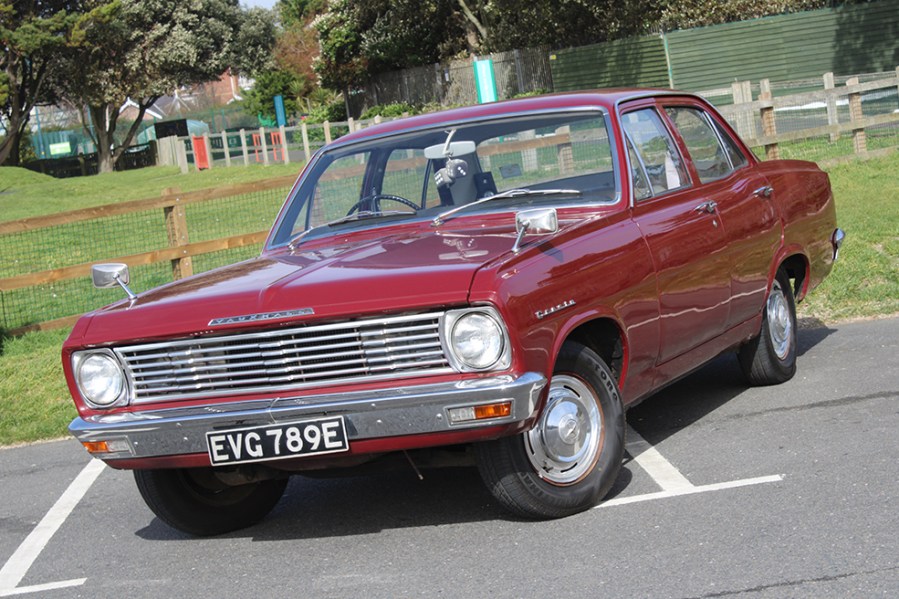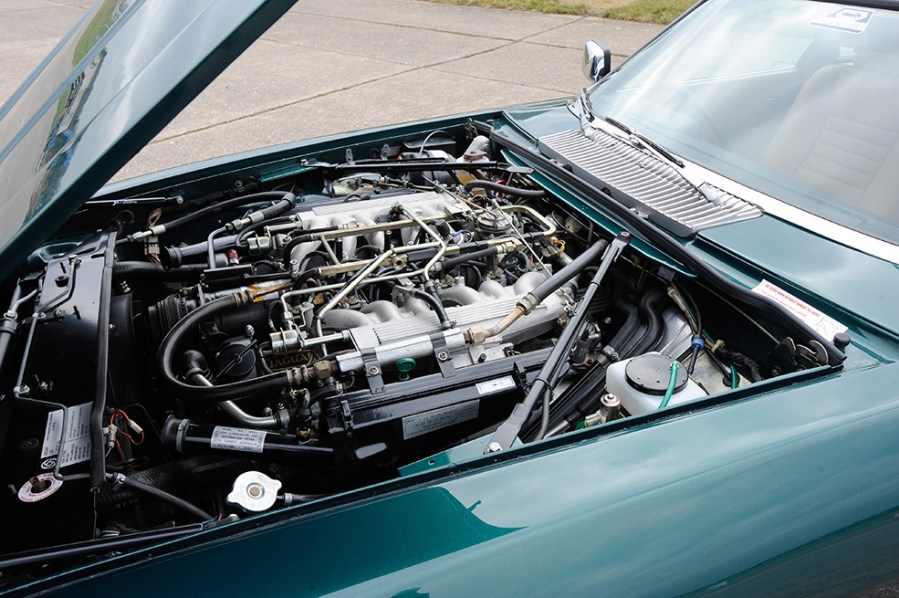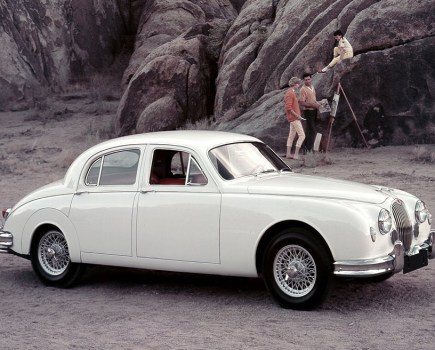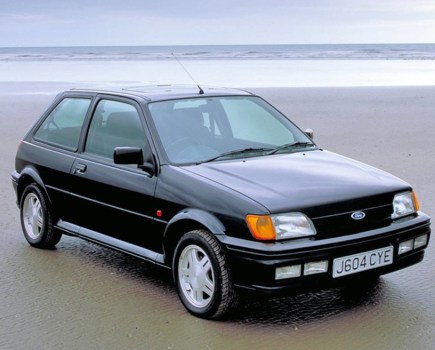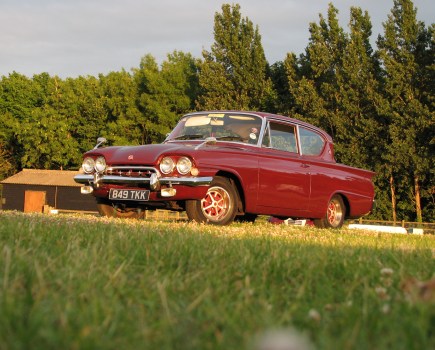If you love big engines and have deep enough pockets for the associated fuel bills, these thirsty classic cars are well worth a look
Words: Phil Weeden, Paul Wager, Jeff Ruggles, Joe Miller, James Howe
We live in environmentally-conscious times, where those cars still powered by petrol or diesel are encouraged, even forced to consume as little as possible and keep emissions to a minimum. This sees downsizing across the board, effecting even outright performance cars – 2.0-litre four-pot Mercedes C63 AMG, anyone?
However, if you’ve got a more frugal daily driver it makes it more justifiable to be a bit gluttonous with your classic. Here are our favourite classic gas guzzlers.
Jaguar XJ-S V12
Jaguar’s legendary XK engine that debuted in the XK120 in 1948 was game changing, elevating the Coventry car maker into a proper global player. Following on from that success was never going to be easy, yet they achieved the same success with the V12 power plant, initially powering the Series 3 E-type in 1971 and the XJ saloon a year later.
The E-type’s replacement, the XJ-S also received the 5.3-litre V12 unit at launch in 1975, now with fuel injection. You couldn’t have picked a worse time to launch a gas guzzling V12, thanks to an oil crisis triggered two years earlier that reduced supply and pushed up petrol prices. The SOHC V12 engine received a welcome upgrade in 1981 with the ‘HE’ (high efficiency) which featured redesigned cylinder heads and a higher compression ratio for improved economy and a useful power bump.
While the styling may not to be everyone’s taste, do not dismiss the XJ-S V12 – it’s both more plentiful and cheaper than equivalent XJ12s. Projects for the brave start at £2000, rising to north of £30,000 for a low mileage example, or the halo XJR-S. The Jaguar V12 is not known for its economy – even in its most modern 6.0 guise, an X305 or XJS will struggle to get 15mpg on motorways, while driving hard or in town can see economy figures plummet to as little as 6mpg.
Owning a classic car is not about common sense commuting, but savouring the journey. A V12-powered Jaguar might earn you a fair share of Nectar points, but it’ll also be an ownership experience that’s as sweet as honey.
Dodge Viper
No list of gas-guzzling cars would be complete without an American muscle car, and it doesn’t get much more muscular than the 8.0-litre V10-powered Dodge Viper. Conceived as a halo car for Dodge, then-parent firm Chrysler made the most of its other subsidiaries to create the Viper and its remarkable engine, whose development was assisted by Lamborghini. Based on a Chrysler LA 5.9-litre V8, the Viper V10 added a pair of extra cylinders and increased the stroke; the result was an 8.0-litre unit producing 400bhp and a monstrous 465lb.ft of torque. All of that power was fed to a set of 335-section rear tyres without the interference of traction control or ABS, which explains the car’s reputation for being a bit of a handful.
Pitched as a stripped-back sports car, the original Viper did without air con, airbags, exterior door handles and side windows to save weight, while fibreglass panels also helped. The result was a kerb weight of just under 1500kg – not bad considering the size of the engine under the bonnet. Lowish weight and huge power meant performance was impressive: 4.2 seconds to 62mph and a top speed of 165mph.
Fuel economy isn’t great, as you might imagine; Dodge claimed 12mpg around town and 20mpg ‘highway’, but it’s safe to assume most owners never got close to those figures. According to fuel economy tracker website fuelly.com, real-world average economy for early 8.0-litre Vipers ranges from 8.6 to 12.9mpg; at today’s average super unleaded price of about £1.50 per litre, the Viper’s 22-gallon (83.5-litre) fuel tank would cost £125.25 to fill – and at that lower economy figure, take you just 189 miles. Drive a little more carefully to reach the 12.9mpg figure and that’d improve to a shade over 283 miles.
If you fancy owning one of the automotive world’s most preposterous engines housed in one of its best-looking sports cars, prices for a good original Viper start at around £50,000 – just budget generously for servicing, tyres, insurance and lots of trips to the petrol station.
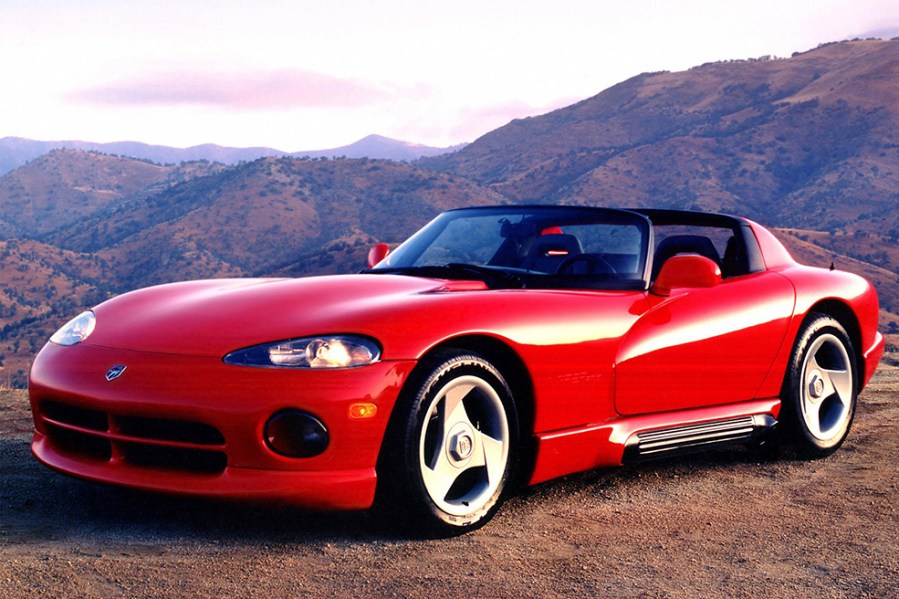
Jensen Interceptor
Few automotive prospects are as beguiling as the Jensen Interceptor. Produced between 1966 and 1976, the gorgeous GT blended British engineering, Italian design and American muscle to produce a true all-rounder with comfort, looks and some serious poke on its side. The Interceptor was offered in three body styles, the venerable two-door fastback, a convertible for the windswept scuttle shake enjoyers and the ever-so-rare coupe. The fastback was by far the most numerous, offering seating for four with rear bucket seats so deep, they’d make any supercar blush. The interior was clad with thick leather on every surface you could see and touch, and the Interceptor also came with technology hitherto unheard of in cars of the era such as electric windows, air-conditioning, and even four-wheel drive in FF guise.
Outside, the fastback was – and still is – as handsome as they come; a wide rectangular grille was flanked by quad headlamps, with the long bonnet leading to a wide aspect windscreen and spindly pillars supporting a wonderful, tapered roofline that led back to the trademark ‘fishbowl’ rear windscreen. The fishbowl was so called for its bulbous shape that helped to blend that roofline into the rear end of the car but also wrapped around and joined the two C-pillars in an undeniably beautiful one-piece design. It offered looks, great visibility and surprisingly ample luggage space in back.
The real star of the show for the Interceptor, however, was the almighty Chrysler V8 nestled beneath the expansive bonnet. Such a spacious front end was indeed required, as said V8 was available in displacements ranging from 6.3-litres a whopping 7.2-litres. Thankfully, these monstrous powerplants did offer some decent power figures for the time, ranging from 270bhp to 335bhp and offering top speeds of up to 145mph in the flagship 1971 SP, so called for its ‘six-pack’ carburetor system. All that performance, luxury and impressive beauty did come at a hefty price when it came to running the thing though, as on a good day you can expect as little as 11mpg from the aforementioned SP. Quite the drinking habit…
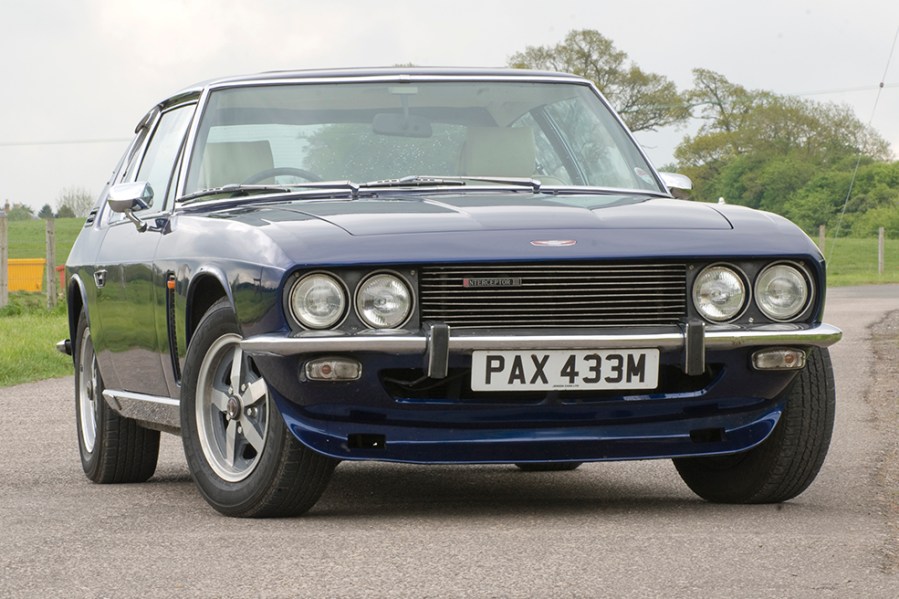
Bentley Turbo R
When experiments with turbocharging began in Crewe, no one could’ve predicted what would result. After Broadspeed added a Garrett turbo to a Silver Shadow development car, creating a faster but unruly vehicle with 10 per cent more power and 50 per cent more torque, management saw potential in the formula and greenlit it for production. With Bentley’s sporting pedigree, the turbocharged L-Series V8 was placed in a car bearing the winged ‘B’, leading to 1982’s Mulsanne Turbo. This 290bhp powerhouse blended luxury with immense performance, but remained difficult to handle at speed due to largely unaltered brakes and suspension.
In 1985, Bentley’s Engineering Director, Mike Dunn, instructed his team to make it twice as stiff, resulting in the Turbo R, R denoting ‘roadholding’. Although visually subtle, with only a deeper front valance, new grille and quad headlights, the Turbo R was very different beneath the surface. Anti-roll bar stiffness increased 100 per cent at the front and 60 per cent at the rear, damping rates were firmer and a Panhard rod anchored the rear subframe. These changes allowed the Turbo R to confidently handle its 320bhp, despite its massive 5.3-metre length. The car’s newfound composure made it feel more agile, giving drivers the courage to hurl it around like a Golf GTI. Yet despite the monstrous pace and composed handling, the typical Bentley luxury and comfort remains, with a pillowy ride and some of the best seats ever fitted in a car.
What makes the Turbo R so special, however, is its character – the rumbling V8, the fact the nose rises like a boat when you accelerate and the whole car rocks when you rev it stationary, like an old muscle car. While wind noise and chassis flex reveal its 1950s origins at speed, no car feels quite as special as this British brute. A 6.75-litre V8, fitted with a turbocharger, coupled to a three-speed automatic and all propelling a 2.5-tonne saloon is never going to be economical, and indeed the best we saw from our Turbo R was 17mpg on a run, plummeting to as little as 5mpg in town – the fuel tank is 108 litres for a good reason. Excessive consumption in a truly excessive car.
Mercedes 450SL (R107)
The R107 SL shifted the Teutonic roadster’s focus more towards America, after the States had been the biggest market for the preceding W103 SL ‘Pagoda’. Accordingly, the new SL was based on the ‘Stroke 8’ saloon to give it soft suspension and larger dimensions – length increased by over two inches before the American-spec ‘Federalised’ bumpers added a further ten inches to the overall length, and the R107 was over an inch wider than its forebear.
Mercedes acknowledged that a car targeted at America needed a V8, so initially the M116 3.5-litre unit from the W108 saloon was fitted, but that was eclipsed by the 450SL’s 4.5-litre engine, which produced 190bhp. Yes, the three-speed auto muted its enthusiasm a bit, but the SL was never about lap times. It was about relaxation, offering smooth, effortless acceleration and a lovely deep rumble to accompany it.
Like the soft ride and numb but light box steering, the big V8 in the SL served to make it the comfiest, most relaxing GT car for drivers possible. That it managed 16mpg at absolute most and often closer to 12mpg if driven hard or in town is all part of it – if you were buying a 450SL, would you really be counting the miles per gallon?
Of course not, you wanted stress-free, luxurious travel. That lovely V8 is wrapped up in what is, for me, one of Mercedes’ styling high points, with elegant, handsome lines and a classy look that no rival could match. Hailing from the peak era for the brand means the R107 is also built like a tank, with that iconic thud when the door closes, durable switchgear and an overall feeling of quality, even over 50 years on.
Comfortable, stylish, well-built and as classy now as it was when new, there are many reasons why the R107 SL is cited as one of Mercedes’ high-points, best experienced with a big, thirsty V8 – gluttony is a sin, but so is being that attractive.
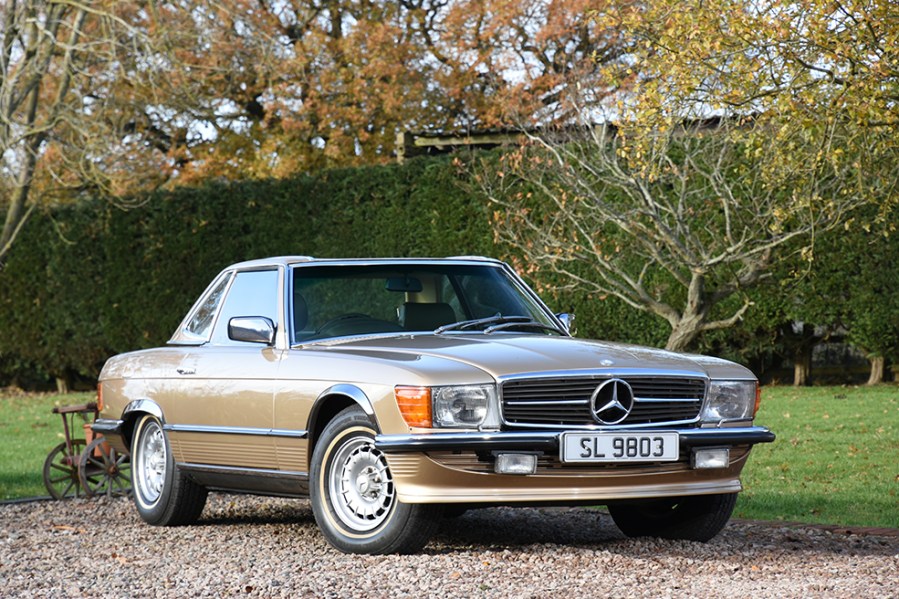
Range Rover Classic
It wasn’t until 1986 that the Range Rover finally received a diesel engine, and even then the available options were generally regarded as not matching the appeal of the rest of the car: first the oddball Italian VM engine with its individual cylinder heads, and then the BMW M51 in the P38A second generation.
The VM engine was both underpowered and tricky to maintain, while the 2.5-litre BMW unit was smooth and powerful in the 3-Series but struggled in the much heavier Range Rover. Indeed, it’s reckoned that it wasn’t until the third-generation L322 model that the car gained a worthy diesel engine in the shape of the 3-litre BMW M57 unit. All of which explains why when the subject of gas guzzlers comes up, the image the man in the street will most likely conjure up is that of the Range Rover.
To be fair, the early classic models powered by the SU-carburetted ex-Buick V8 were thirsty, yes, but by the standards of the day not outrageously so. The V8 offered useful torque and with the classic Rangie weighing in at only 1700kg, it managed a best of 25mpg, which when the 2-litre Cortina offered only an average 27mpg wasn’t so bad given the permanent four-wheel drive and general bulk.
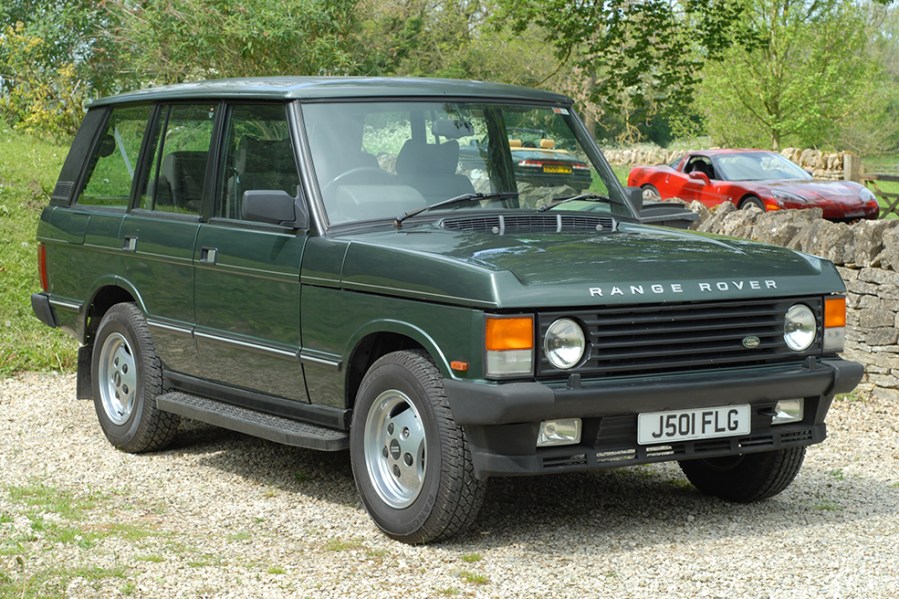
Ford Zephyr/Zodiac Mk4
If ever there was a car that looked like it would be a bit of a heavy drinker, it was the fourth-generation Zephyr/Zodiac. Launched in 1966, the Mk4 was a something of a boxy, slab-sided monster, being one of the largest cars you could buy for the money at the time. While previous models had been a case of evolution rather than revolution, the Mk4 was an entirely clean-sheet design with clear American influences.
It was reckoned to be more aerodynamic than the MK3, but still pretty blunt, with a drag coefficient of 0.47. Under the vast bonnet, meanwhile, was Ford’s new V-series Essex units in four and six-cylinder guises – a 1995cc V4 for the basic Zephyr, a 2.5-litre V6 in the Zephyr 6, and a 3.0-litre V6 for the Zodiac. The four-pot motor was not known for its smoothness, but the V6 versions were better. They also provided a notable power increase, offsetting the Mk4’s increased bulk.
Initial reception to the Mk4 was favourable, despite some surprise at the car’s proportions. Before long though, the handling came in for criticism, and though it could boast independent semi-trailing arm rear suspension, it was underdeveloped. The decision to fit the spare wheel under the bonnet combined with the weight of the engine to make it front-heavy, resulting in unpredictable wet-road grip, and the ride was nothing special either. Colloquially, the unwieldy Mk4 became known as the ’flying pig’.
And of course, there was the fuel consumption. Previous models had never been exactly frugal, but the V6 could barely muster 20mpg even driven carefully, and was likely to be somewhere in the mid-teens if you had a heavier foot. That wasn’t so much of an issue in the 1960s, but when the oil crisis of 1973 kicked in, it made the cars a difficult sell on the second-hand market. In all, around 150,000 were built during a six-year production run, so it wasn’t the flop it’s often made out to be.
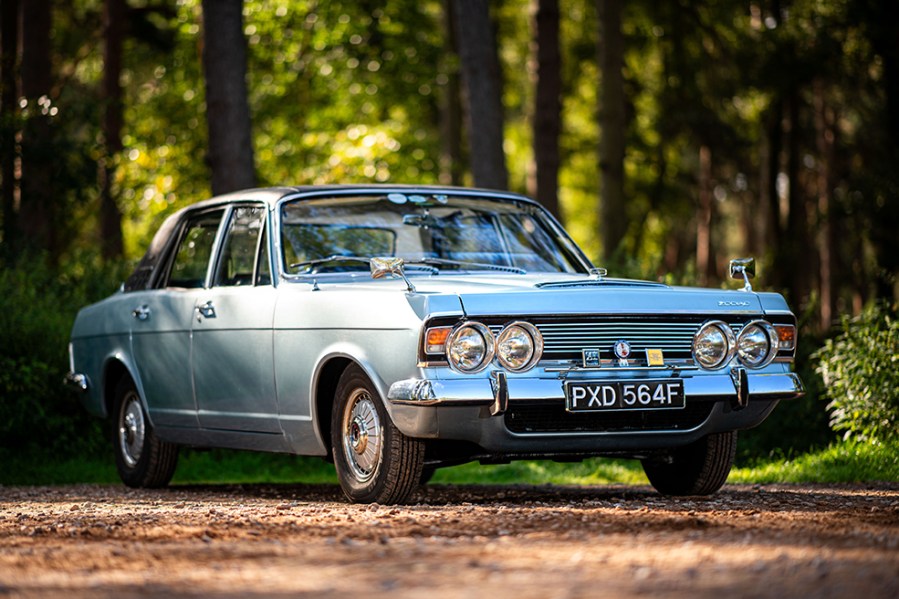
Vauxhall Cresta PC/Viscount
For those looking to impress the neighbours in late 1960s suburbia, the Zodiac had another large, slab-sided saloon with American styling and a heavy drinking habit as a rival. The Vauxhall Viscount was the posh brother of the PC series Cresta, which like the Ford, was now in its fourth generation.
Launched in 1965, the PC was initially only available as a Cresta, with the quad-lamped DeLuxe model occupying the flagship role. Under the bonnet was the smooth 3294cc six-cylinder engine that was a development of the engine that had first appeared in the PA model in 1960. Prettier and not as nose heavy as the Ford, the PC gained an extra string to its bow when the Viscount took over as the range-topper in 1966. It featured the same engine, but boasted extra equipment such as power steering and electric windows, plus lashings of wood and leather.
The catch? While there were few cars that could outdo the Zephyr/Zodiac when it came to hunger at the pumps, the Viscount was one of them. The 3.0-litre Zodiac could just about manage 18mpg overall, but the Vauxhall managed a mere 15.6mpg when tested by Motor Magazine.
Nevertheless, the PC was arguably prettier than the Ford, and while no sports saloon, it could be hustled along thanks to predictable handling – though there were some who reckoned the Viscount’s steering was too light. Most examples of the Viscount had automatic transmission, but this was improved considerably once the two-speed Powerglide system had been ditched in favour of a General Motors three-speeder. Production of the PC range ended in 1972 with no direct replacement, although the 3.3-litre engine continued to be used in the slightly smaller Ventora until 1978.
The PC Cresta only managed around a third of the Mk4 Zephyr/Zodiac sales, and just 7025 examples of the plush Viscount were built. Objectively, both models were probably better than their Ford equivalents, but the lure of the Blue Oval was hard to beat. Rust further decimated numbers, but for those lucky enough to find one, Cresta or Viscount will make for a more exclusive choice these days, and likely a cheaper one too. Use the money you’ve saved to help fill the tank…
